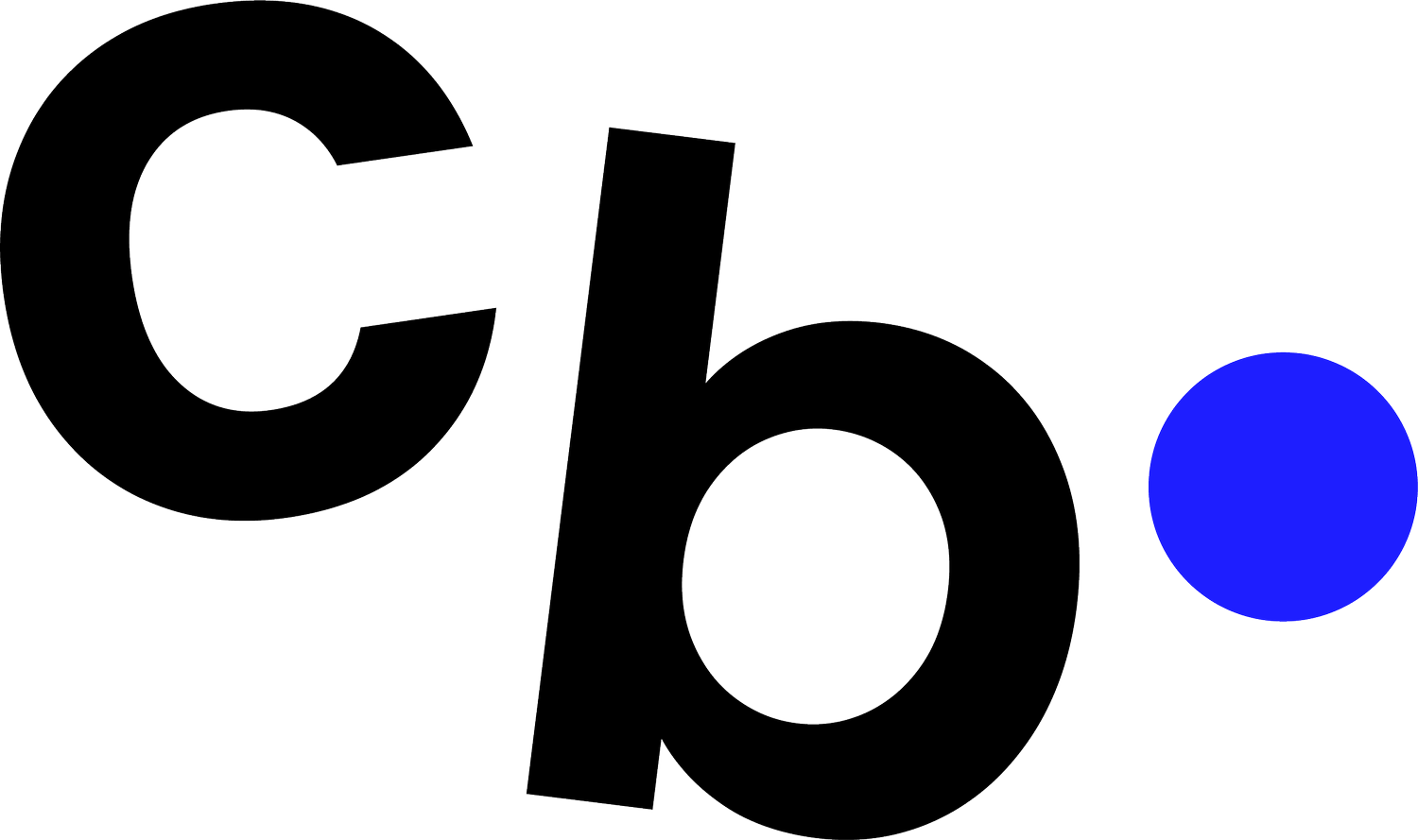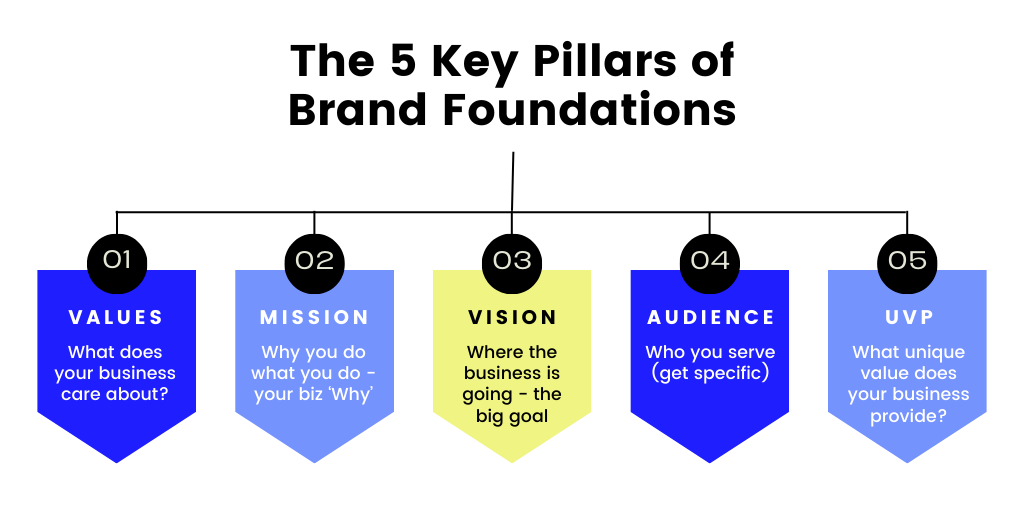Building Strong Brand Foundations: What Every Product Business Needs to Know
Recently, I had the pleasure of joining Lucy Horden, an experienced retail and small business strategist, for a conversation about something we both feel passionately about - creating strong brand foundations. With 20 years in the retail industry and a deep focus on business strategy, Lucy supports six and seven-figure product-based business owners who are ready to grow with clarity and confidence.
A strong brand is more than just great packaging or a clever logo - it's rooted in clarity, strategy, and the ability to connect authentically with your ideal customers.
Read on for the key insights and action points that came from our conversation…
👉 Prefer to watch than read? You can catch the full conversation here
“Branding is the outward expression of what we want the business to stand for.” – Cara Bendon
Why Brand Foundations Matter
At the core of both of our work is helping product-based business owners understand their brand from the inside out. As Lucy puts it: "Without having real clarity, there's going to be challenges knowing how to target your customers, and your messaging will be confused."
Brand foundations are the building blocks that guide everything from your product offering and visual identity to your customer experience and marketing strategy.
So what exactly are brand foundations? They’re made up of several interwoven elements, including: values, mission, vision, audience and Unique Value Proposition (UVP/USP).
Where to Start: Values and Vision
Lucy’s structured approach begins with brand values. “It’s often the easiest entry point,” she explains, “because people find it more comfortable than jumping straight into vision or mission.”
That’s closely aligned with how I work too, though I often start by exploring the founder’s story. This helps surface the authentic motivations behind the brand - often revealing powerful values and goals that shape everything that follows.
“There’s more power in your founder story than you might realise.”
Lucy and I both agree that these early elements - values, mission and vision - shouldn’t be vague or generic. Instead, they need to be personal, specific and truly reflective of what your business stands for. (I go into this here in more detail).
Understanding Your Customer
Another crucial brand foundation is understanding your audience. Too many businesses write down broad, meaningless demographics like “women aged 25–55.” Instead, we encourage clients to create three specific customer avatars, complete with names, photos, lifestyles, values and favourite brands.
This helps in making smarter decisions across the board - from choosing marketing channels to designing packaging.
“When you really think about your customer’s lifestyle, not just their age or gender, you tighten your vision so much.”
These avatars aren’t just theoretical - they act as filters to guide all future brand decisions, ensuring you're always speaking directly to the right people.
Finding Your Unique Value Proposition
One of Lucy’s key tools is defining the Unique Value Proposition (UVP) - something she describes as your brand’s true point of difference.
This concept extends beyond just what you sell - it's about how and why you do it differently. It’s the heart of your brand identity and a vital part of standing out in a crowded market.
Which brings us to one of my favourite branding principles: “When others zig, zag.”
In other words, don’t be afraid to stand out - but do so in a way that still resonates with your audience. Whether it’s through bold colour choices, minimal packaging, or borrowing visual cues from a different industry, thoughtful differentiation is key to making your brand memorable.
Bring Your Brand to Life Across Touchpoints
Your brand isn’t just your logo. It’s how you show up everywhere - from your packaging and website to your thank-you emails and unboxing experience.
"Every single touchpoint is an opportunity to connect to your customers and build your brand awareness." – Cara Bendon
We talked about creative ways to make an impact - like including a branded Spotify playlist in your packaging for wellness brands, or using your founder story in email sequences to build deeper customer relationships.
"Keep revisiting and sharing your founder story - it’s just as powerful the hundredth time as the first." - Lucy Horden
As Lucy noted, many product businesses have new customers discovering them all the time.
6 Top Tips for Creating Strong Brand Foundations
Start with your values, mission and vision - they’re the north star for your brand.
Create detailed customer avatars to guide every decision.
Be clear on your unique value proposition - and make sure it’s reflected in both messaging and design.
Differentiate with intention: don’t be afraid to zag when others zig.
Explore every brand touchpoint - from packaging to playlists - as a chance to deepen your brand experience.
And finally, don’t overcomplicate it. Brand foundations aren’t these big, intimidating things… most of them are common sense, and they don’t have to be complicated.
Final Thoughts
Whether you're just starting out or looking to scale, revisiting your brand foundations is always a smart move. It’s what sets you apart, anchors your decisions, and helps you connect meaningfully with your customers.





